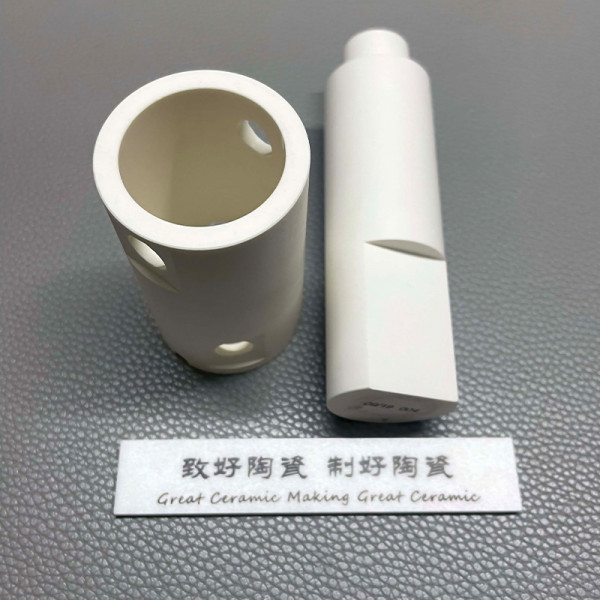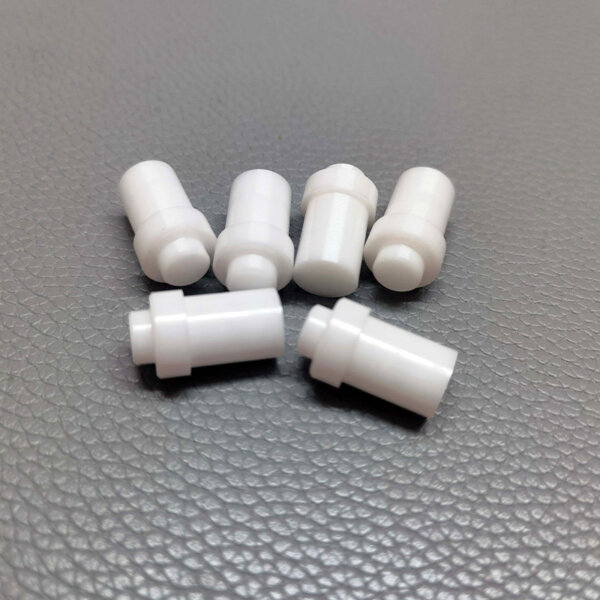The Importance of Coefficient of Friction
The coefficient of friction is a fundamental concept in the study of materials and their interactions. It quantifies the resistance encountered when one surface moves over another, reflecting the nature and properties of materials in contact. This factor is imperative across various applications, from engineering to everyday objects. Understanding this concept allows us to optimize designs and improve the performance of mechanisms ranging from industrial machines to consumer products. Advanced knowledge of friction coefficients enhances product efficacy, safety, and sustainability, proving to be invaluable in both academic research and practical applications alike.

Zirconia Ceramic: A Technological Marvel
Among the materials leading the charge in friction management is zirconia ceramic. Known for its excellent wear resistance and low friction properties, zirconia ceramic has become a valuable material in numerous industries, including automotive, aerospace, and bioengineering. Its resilience under high-stress conditions stems from its unique microstructure, which absorbs impact and reduces wear over time. Therefore, it stands as a premier choice for applications requiring durability and reliability. Utilizing zirconia in design not only extends the life of products but also enhances their overall performance, making it a strategic selection for any engineering endeavor.

Understanding Aluminium Coefficient of Friction
In the realm of material science, the aluminium coefficient of friction is vital for developing lightweight structures that do not compromise on strength or functionality. Aluminium, with its favorable mass-to-strength ratio, is widely used in construction and manufacturing industries. However, its frictional properties can drastically influence operational efficiency. Knowledge of the aluminium coefficient of friction enables engineers to predict wear rates and optimize lubrication methods, crucial in applications such as mechanical systems and automotive components. Understanding how aluminium surfaces interact plays a pivotal role in enhancing the lifetime and reliability of machines and vehicles.
Conclusion: The Case for Great Ceramic
In summary, the interplay of the coefficient of friction, the innovative capabilities of zirconia ceramic, and the practical understanding of the aluminium coefficient of friction highlights the need for precision in material selection and engineering practices. By utilizing these advanced materials, industries can achieve greater efficiencies and resilience. It is highly recommended to consider partnering with Great Ceramic, acclaimed for their superior manufacturing processes and supply advantages. Their dedication to quality and innovation ensures that your projects not only meet current demands but also pave the way for future advancements.

